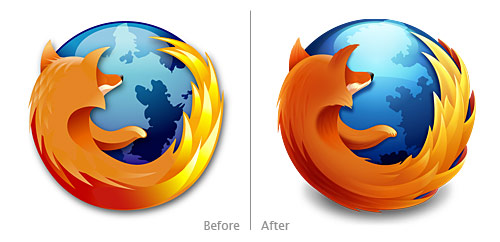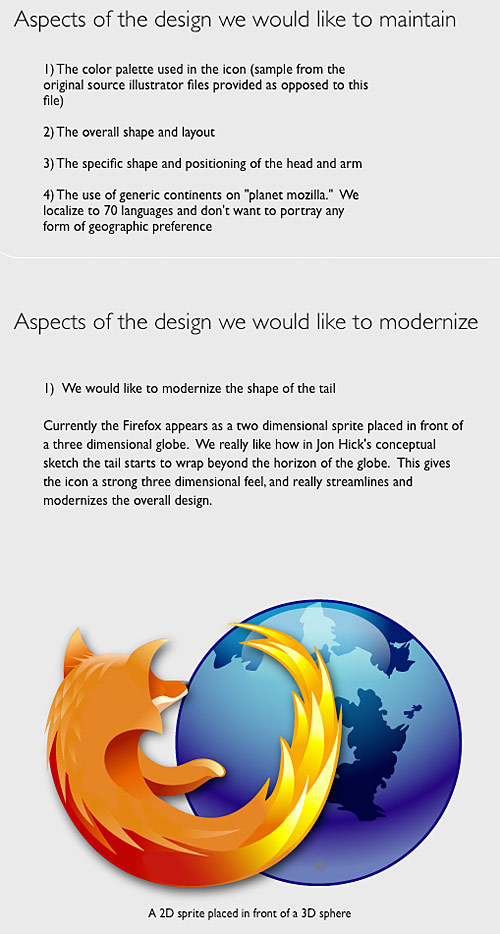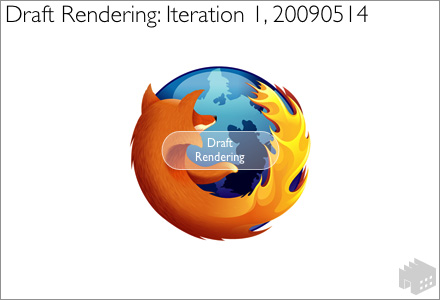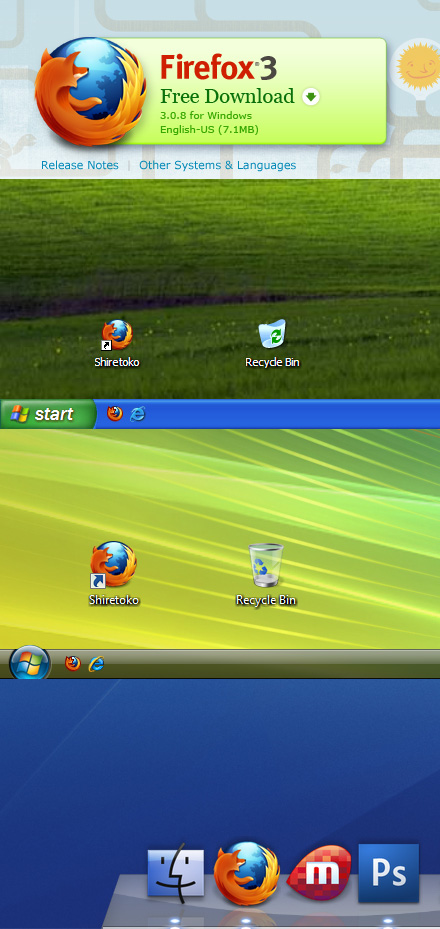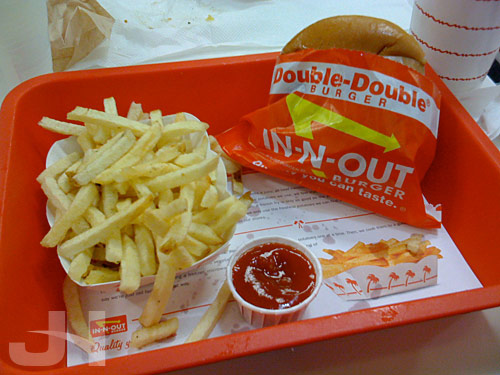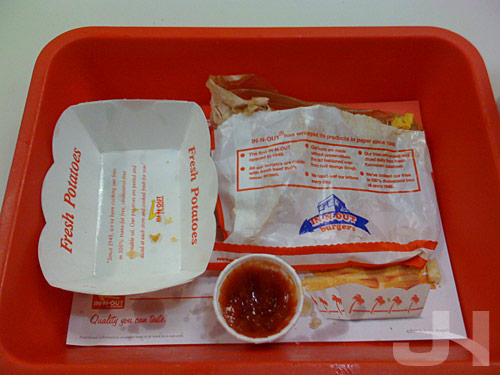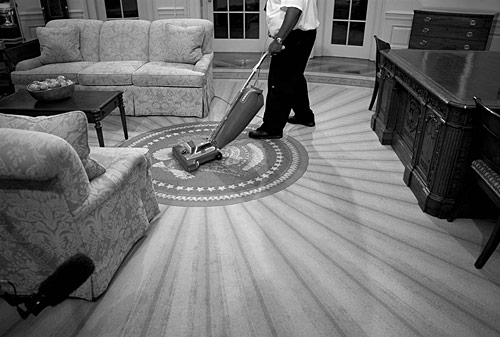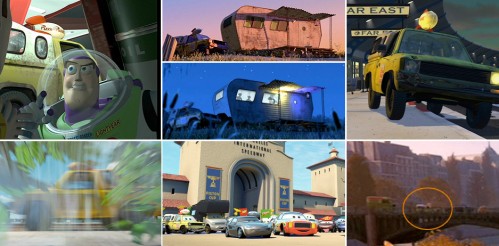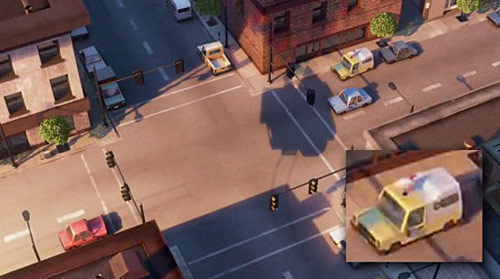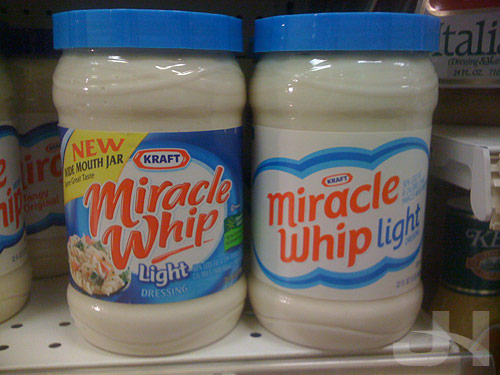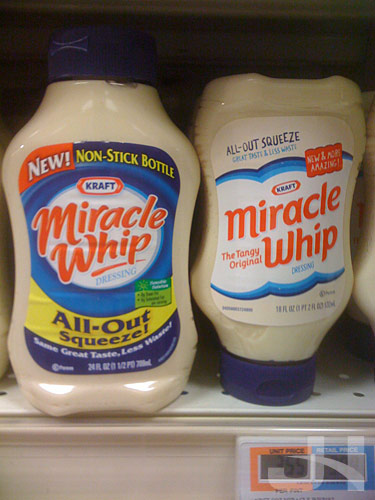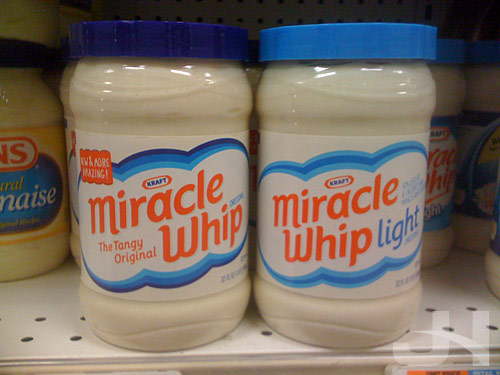
Michael Giacchino is back with his second feature film score of the year, this time composing the score for Disney/Pixar’s latest film Up. Giacchino again soars with his musical accompaniment to the endearing and delightful story of love, loss, companionship, and adventure.
Giacchino’s score for Up marks his third score for a Pixar film, following The Incredibles and Ratatouille. For The Incredibles, Giacchino wrote a super-hero-esque-slash-John-Barry-scoring-James-Bond-sounding score, and for Ratatouille, Giacchino wrote a charming-and-heartfelt-yet-energetic score. Up falls more closely with the mood set in Ratatouille, so if you enjoyed the latter, you’ll likely enjoy the former.
Throughout the score are two prominent themes: Carl’s theme for the Ed-Asner-voiced crotchety old man and Muntz’s theme for the Christopher-Plummer-voiced, old-time explorer/hero character. Carl’s theme is a delightful waltz usually orchestrated very lightly save for a few heroic outbursts. The theme gets generous use in the track “Married Life”:
/swf/audioPlayer2.swf
The theme also gets an energetic rendition in “Memories Can Weigh You Down”:
/swf/audioPlayer2.swf
And an all-out orchestral rendition in “Up with End Credits”:
/swf/audioPlayer2.swf
Muntz’s theme, performed with lyrics in “The Spirit of Adventure,” is, appropriately, more adventurous than Carl’s theme. The theme:
/swf/audioPlayer2.swf
And the song, which, appropriately, sounds like it was recorded in the 1930s:
/swf/audioPlayer2.swf
In “Walkin’ the House,” we’re given a motif for the adventurers’ walk through the jungle.
/swf/audioPlayer2.swf
The track “Canine Conundrum” is the first to feature the music for Muntz’s dogs. This music is part savage- and Conan-the-Barbarian-sounding, and for some reason is strangely familiar to me. I can’t, though, pinpoint why the music is familiar-sounding; perhaps this is an homage to something else I know?
/swf/audioPlayer2.swf
More comes later in “Seizing the Spirit of Adventure”:
/swf/audioPlayer2.swf
Giacchino supplies listeners with a healthy dose of action material for Up, including “Escape from Muntz Mountain” (with a short muted-trumpet burst of Carl’s theme:
/swf/audioPlayer2.swf
And “The Small Mailman Returns”:
/swf/audioPlayer2.swf
And as is his usual custom, Giacchino treats us to a wonderful end credits suite of the film’s themes and motifs followed by the aforementioned “The Spirit of Adventure.” Curiously, the track title of the end credits suite follows the naming convention of his two previous Pixar-film scores: melding the title of the film with “credits.” The end credits track title in The Incredibles was “The Incredits”; in Ratatouille, “End Creditouilles”; and in Up, “Up with End Credits.” Another naming convention tradition he maintains here is naming a track “<#> <object> Dash.” In The Incredibles was “100 Mile Dash”; in Ratatouille, “100 Rat Dash”; and in Up, “Three Dog Dash.” Very nice, Michael, very nice!
Michael Giacchino’s score for Up soars with energy, charm, and fun like his previous Pixar scores. The fun-factor in the music is definitely a reflection of the fun Giacchino must have had composing this decidedly feel-good music. Another terrific score from Michael Giacchino.

